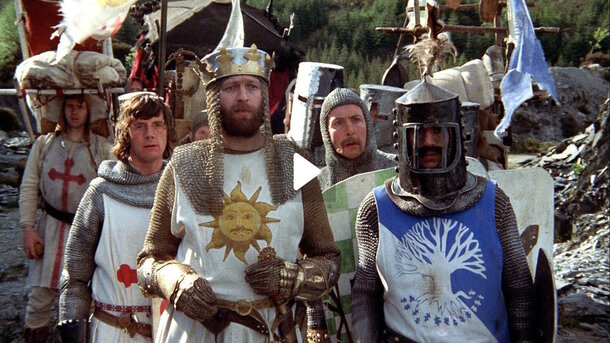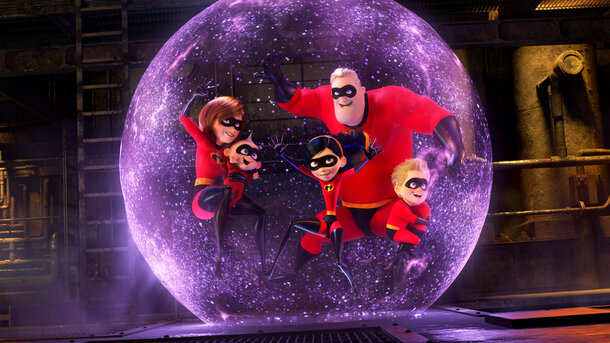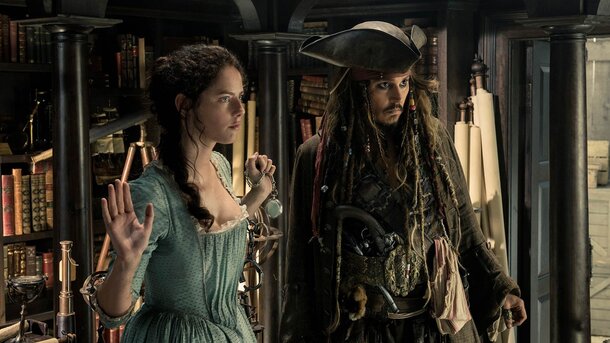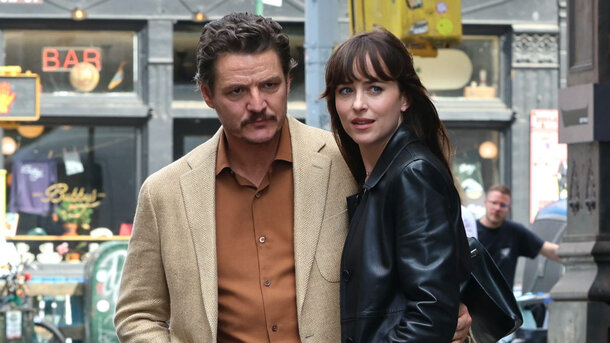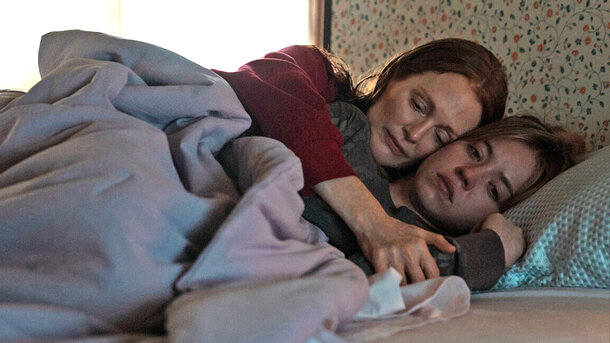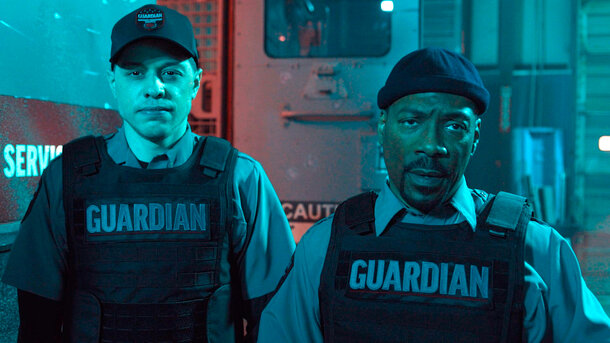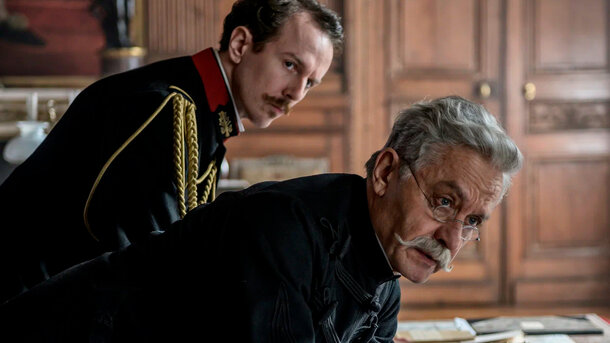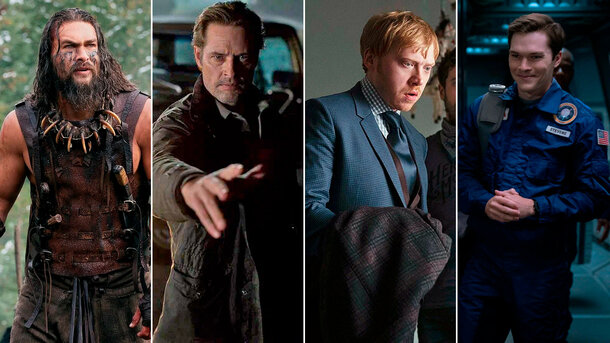There’s something truly unhinged about watching knights gallop through medieval landscapes on foot while banging coconuts together — and somehow laughing harder each time they do it. That, dear reader, is the peculiar genius of Monty Python and the Holy Grail. I’ve seen it more times than I care to admit, yet it still feels as fresh, absurd, and uncomfortably brilliant as it must have in 1975.
The Pythons — Graham Chapman, John Cleese, Eric Idle, Terry Jones, Michael Palin, and Terry Gilliam — weren’t merely making a spoof. They forged a cinematic riddle wrapped in a raucous sketch show, dipped in satire, and served on a bed of lunacy. And trust me, it’s delicious.
The Plot, Sort Of
King Arthur assembles his round table knights — each a walking eccentricity — and embarks on a divine quest for the Holy Grail. Along the way, they’re thwarted by insult-hurling Frenchmen, knights who say “Ni!”, a killer rabbit with bloodthirsty fangs, and a three-headed giant with commitment issues. The story's structure is more meandering than meaningful, but that’s rather the point. It’s as if the film is constantly breaking itself just to see what happens next.
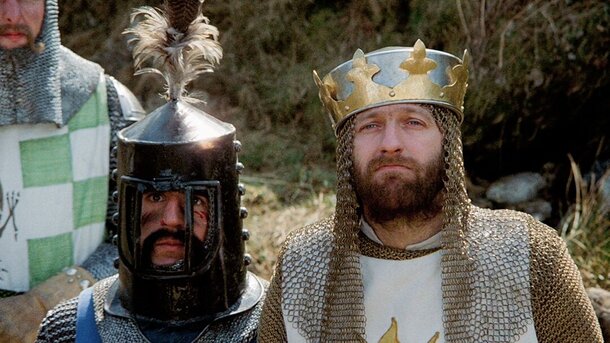
Anarchic Direction with a DIY Spirit
Terry Gilliam and Terry Jones co-directed with a delightful disregard for cinematic convention. The intentionally lo-fi animation sequences, abrupt endings, and fourth-wall-breaking gags all serve to make the viewer complicit in the absurdity. The result? Chaos masquerading as comedy, or perhaps the other way around.
And the budget — just $400,000 — was practically a character in itself. With money too tight for real horses, they chose coconuts. That wasn’t a compromise. That was alchemy.
Performances That Redefined Ridiculous
Each Python plays multiple roles, and their shapeshifting adds to the film’s surreal tone. Graham Chapman brings a bizarrely earnest dignity to King Arthur, while Cleese’s Lancelot is a homicidal zealot in chainmail. Eric Idle, Michael Palin, and the others deliver deadpan absurdities with such conviction that you’d think they’d been knighted by Dadaism itself.
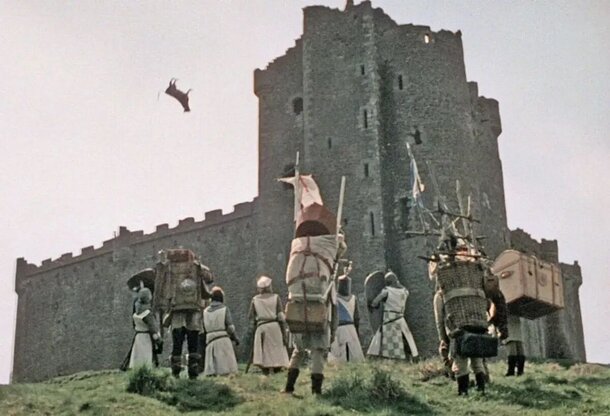
Sound, Vision, and a Killer Bunny
The grainy, windswept cinematography — shot mostly in gloomy Scottish castles — works in perfect disharmony with the deliberately daft dialogue. The musical cues, written by Neil Innes, alternate between the majestic and the maniacal. And then there’s the beastly bunny… which still somehow manages to be terrifying.
Audience Reactions: USA vs. UK
In Britain, Monty Python and the Holy Grail is often treated as sacred text. Its dialogue echoes in pub banter and student unions alike — “It’s only a flesh wound” and “I fart in your general direction” are practically national treasures. The UK audience appreciates the dry wit and the satire of British myth.
Across the pond, however, the film earned cult status among American college crowds. While some viewers struggled with the accents or historical references, the slapstick, irreverence, and absurd visuals struck gold with the counterculture crowd. Today, it’s quoted just as lovingly at US Comic-Cons as it is at UK fan festivals.
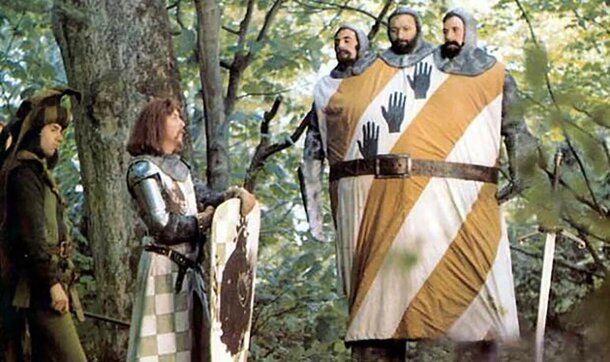
Final Verdict
This isn’t just a comedy; it’s a revolution wrapped in chainmail. Monty Python and the Holy Grail lampoons everything — chivalry, storytelling, even the audience’s expectations — with a grin and a sword made of rubber. It’s rough around the edges, gloriously weird, and still utterly quotable.
